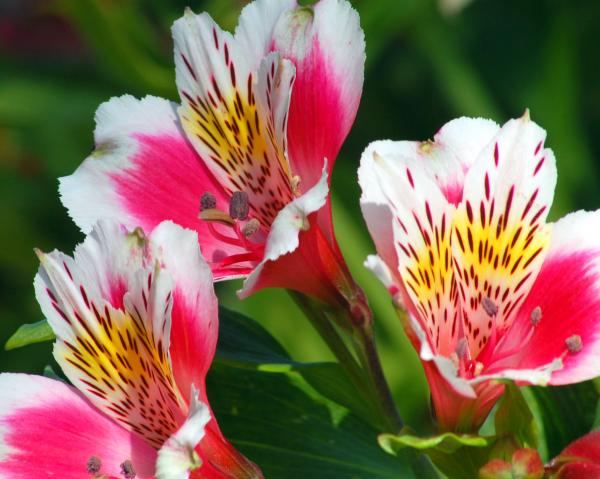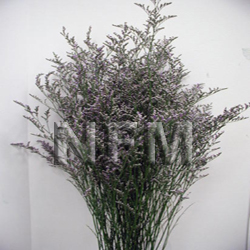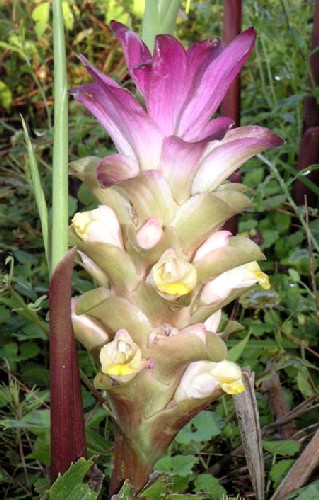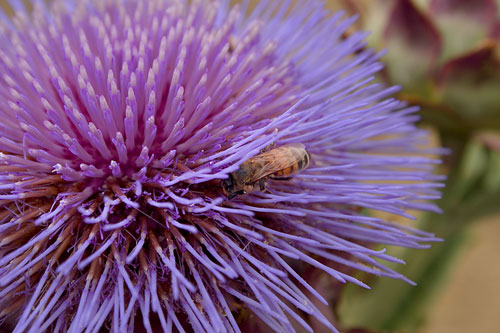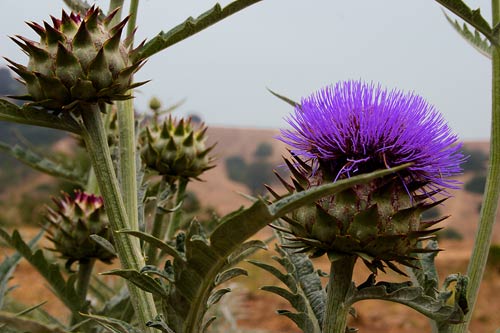 Lilium is a genus of herbaceous flowering plants growing from bulbs. Most species are native to the temperate northern hemisphere. They comprise a genus of about 110 species in the lily family (Liliaceae).
Lilium is a genus of herbaceous flowering plants growing from bulbs. Most species are native to the temperate northern hemisphere. They comprise a genus of about 110 species in the lily family (Liliaceae). They are important as large showy flowering garden plants.Additionally, they are important culturally and in literature in much of the world. Some species are sometimes grown or harvested for the edible bulbs.
They are important as large showy flowering garden plants.Additionally, they are important culturally and in literature in much of the world. Some species are sometimes grown or harvested for the edible bulbs.The species in this genus are the true lilies. Many other plants exist with "lily" in the common English name, some of which are quite unrelated to the true lilies.
 The range of lilies in the Old World extends across much of Europe, across most of Asia to Japan, south to the Nilgiri mountains in India, and to the Philippines. In the New World they extend from southern Canada through much of the United States.
The range of lilies in the Old World extends across much of Europe, across most of Asia to Japan, south to the Nilgiri mountains in India, and to the Philippines. In the New World they extend from southern Canada through much of the United States.They are commonly adapted to either woodland habitats, often montane, or sometimes to grassland habitats. A few can survive in marshland and epiphytes are known in southeast Asia (including L. arboricola). In general they prefer moderately acidic or lime-free soils.
 Lilies are leafy stemmed herbs. They form naked or tunic-less scaly underground bulbs which are their overwintering organs. In some North American species the base of the bulb develops into rhizomes, on which numerous small bulbs are found. Some species develop stolons. Most bulbs are deeply buried, but a few species form bulbs near the soil surface. Many species form stem-roots. With these, the bulb grows naturally at some depth in the soil, and each year the new stem puts out adventitious roots above the bulb as it emerges from the soil. These roots are in addition to the basal roots that develop at the base of the bulb.
Lilies are leafy stemmed herbs. They form naked or tunic-less scaly underground bulbs which are their overwintering organs. In some North American species the base of the bulb develops into rhizomes, on which numerous small bulbs are found. Some species develop stolons. Most bulbs are deeply buried, but a few species form bulbs near the soil surface. Many species form stem-roots. With these, the bulb grows naturally at some depth in the soil, and each year the new stem puts out adventitious roots above the bulb as it emerges from the soil. These roots are in addition to the basal roots that develop at the base of the bulb. Most cool temperate species are dormant in winter, while some are dormant in dry summer and sprout with the autumun rain and need winter chilling to induce flowering the following year.
Most cool temperate species are dormant in winter, while some are dormant in dry summer and sprout with the autumun rain and need winter chilling to induce flowering the following year.Most species are deciduous, but a few species (Lilium candidum, Lilium catesbaei) bear a basal rosette of leaves during dormancy.
Seeds ripen in late summer. They exhibit varying and sometimes complex germination patterns, many adapted to cool temperate climates.
 The large flowers have six tepals. They are often fragrant, and come in a range of colours ranging through whites, yellows, oranges, pinks, reds and purples. Markings include spots and brush strokes. The plants are late spring or summer flowering.
The large flowers have six tepals. They are often fragrant, and come in a range of colours ranging through whites, yellows, oranges, pinks, reds and purples. Markings include spots and brush strokes. The plants are late spring or summer flowering.Some species formerly included within this genus have now been placed in other genera. These genera include Cardiocrinum, Notholirion, Nomocharis and Fritillaria.
 Taxonomical division in sections follows the classical division of Comber, species acceptance follows World Checklist of Liliaceae,[3] the taxonomy of section Pseudolirium is from the Flora of North America, the taxonomy of Section Liriotypus is given in consideration of Resetnik et al. 2007, the taxonomy of Chinese species (various sections) follows the Flora of China [6] and the taxonomy of Section Archelirion follows Nishikawa et al. as does the taxonomy of Section Archelirion.
Taxonomical division in sections follows the classical division of Comber, species acceptance follows World Checklist of Liliaceae,[3] the taxonomy of section Pseudolirium is from the Flora of North America, the taxonomy of Section Liriotypus is given in consideration of Resetnik et al. 2007, the taxonomy of Chinese species (various sections) follows the Flora of China [6] and the taxonomy of Section Archelirion follows Nishikawa et al. as does the taxonomy of Section Archelirion. lily flowers
lily flowers lily flowers
lily flowers












